Common Crane-Related Accidents and How to Prevent Them
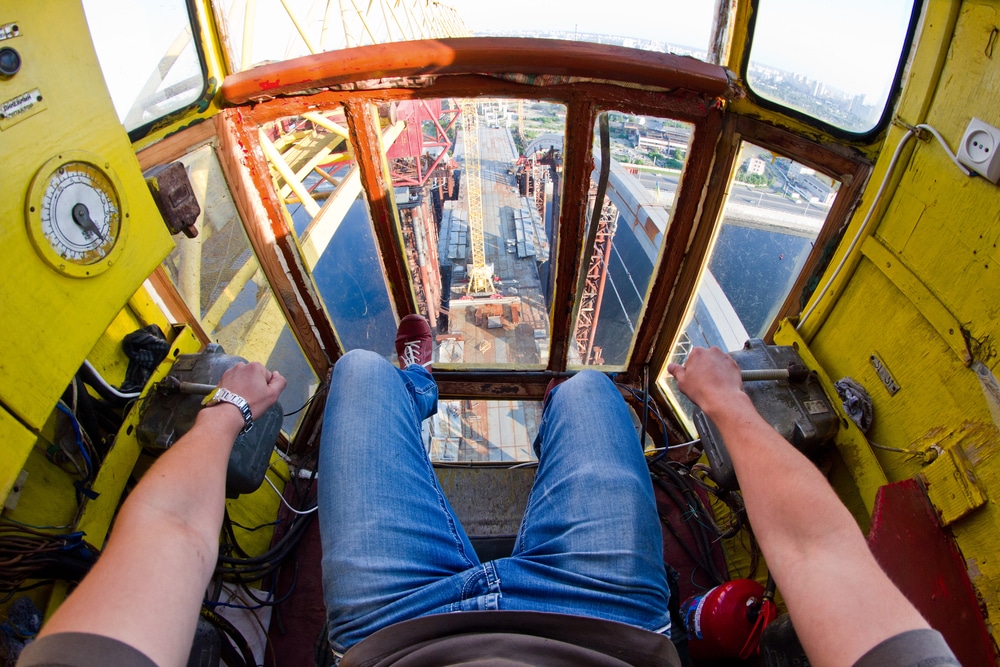
Following strict crane safety procedures is necessary to prevent workers from being injured in a crane accident.
Crane accident fatalities occur in all construction industries, including private, government job sites, and road construction. Common crane accidents occur every day, and as an employer, you must do everything possible to prevent them.
If you are looking for crane operator safety training, we have a complete course.
But first, here are seven of the most common accidents involving cranes at job sites.
1. Someone Is Struck by the Boom or Load
Most fatal crane injuries result when an operator or bystander gets hit by the crane boom, jib, or load.
How It’s Caused
Workers are in danger of being struck by falling debris if the load isn’t properly secured. The machine itself may hit them if protective measures aren’t in place to protect workers and keep untrained personnel away from the lifting zone.
How to Prevent It
Trained workers must rig each load properly and check each other’s work before lifting. The crane operator must always stick to designated travel lanes on the construction site and pay careful attention to horns, alarms, and spotter signals.
Other workers should keep a safe distance from large machinery to reduce their chances of being hit by an object falling from the crane.
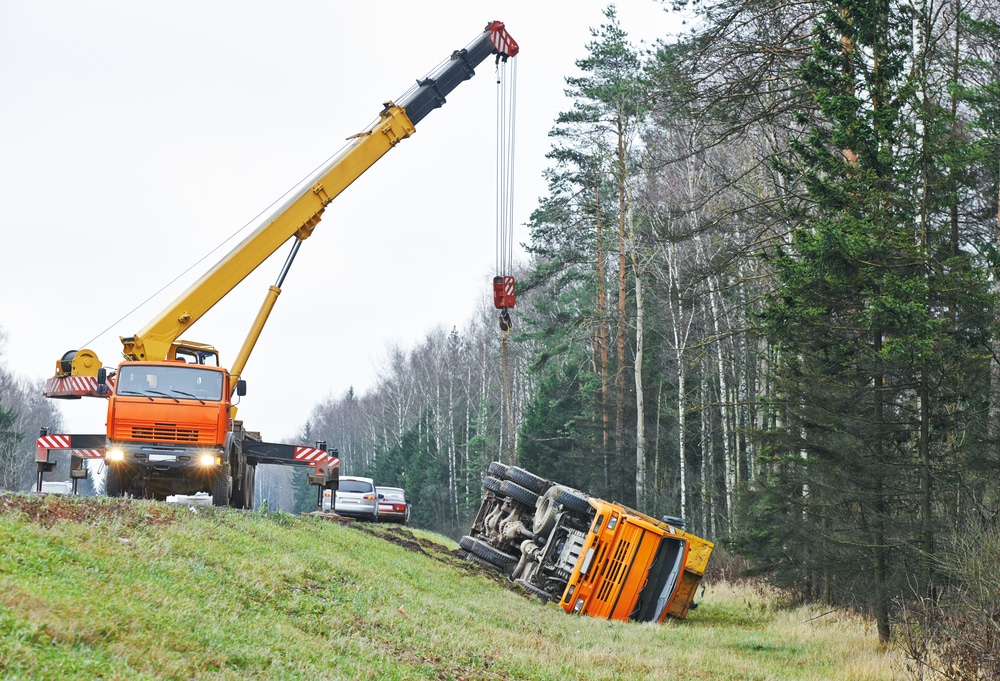
2. Crane Operator Falls Out
Falling from the cab or crane basket is the second most common cause of fatal crane injuries. Unprotected falls from tower cranes, when fully extended, are almost always fatal, but even shorter falls can result in serious trauma and death.
How It’s Caused
Employees sometimes fall from cranes during maintenance or unloading procedures performed at heights. They may lose their balance or slip during a moment of inattention.
How to Prevent It
Fall protection systems should always be in place when people work at heights. This may include a lanyard and harness that catches workers if they fall.
Proper protective gear can also prevent injuries in the event of a fall. Workers should always wear helmets, sturdy boots, and other PPE when working on or near cranes.
The crane operator must be a competent person with proper training. No workers should be allowed to operate or work on cranes without authorization.
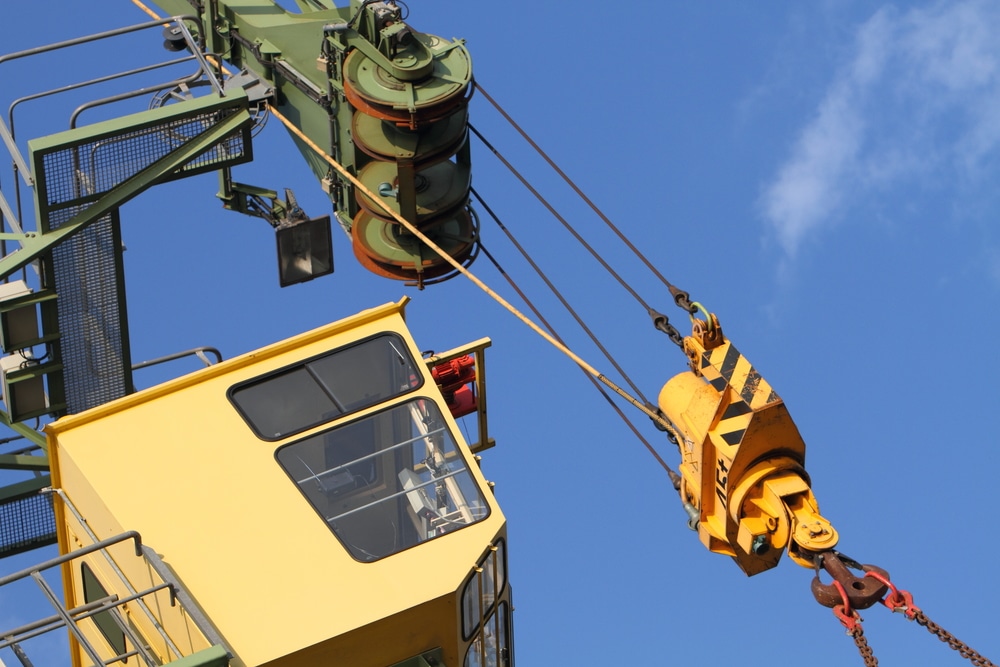
3. Crane Tips Over
A study by the Bureau of Labor Statistics found that many fatal crane injuries involved the crane tipping over, harming the operator and/or other construction laborers in the area.
Cranes have multiple safety features to improve their stability, but improper use can still cause them to tip.
How It’s Caused
Cranes tip over when they are overloaded and operated in poor weather. For instance, tower cranes can be destabilized by heavy winds. Rain and ice can create unsteady surfaces, increasing the likelihood of an accident.
Hydraulic posts called outriggers are sometimes used to increase stability. If they are improperly placed, workers may not realize their mistake until the machine starts to tip – at this point, it will be too late to do anything.
How to Prevent It
To avoid overloading, workers should follow all loading charts to the letter and stop loading as soon as they reach capacity.
If a job requires stabilizers or outriggers, workers should be tasked with verifying that these aids are positioned correctly before the work begins. Refer to the manufacturer’s specifications for guidance on proper placement.
Workers should never operate cranes on an uneven or icy surface. Operators should be extremely cautious if there is any wind present. If the wind is gusting over 40 miles per hour, all cranes must cease operations immediately.
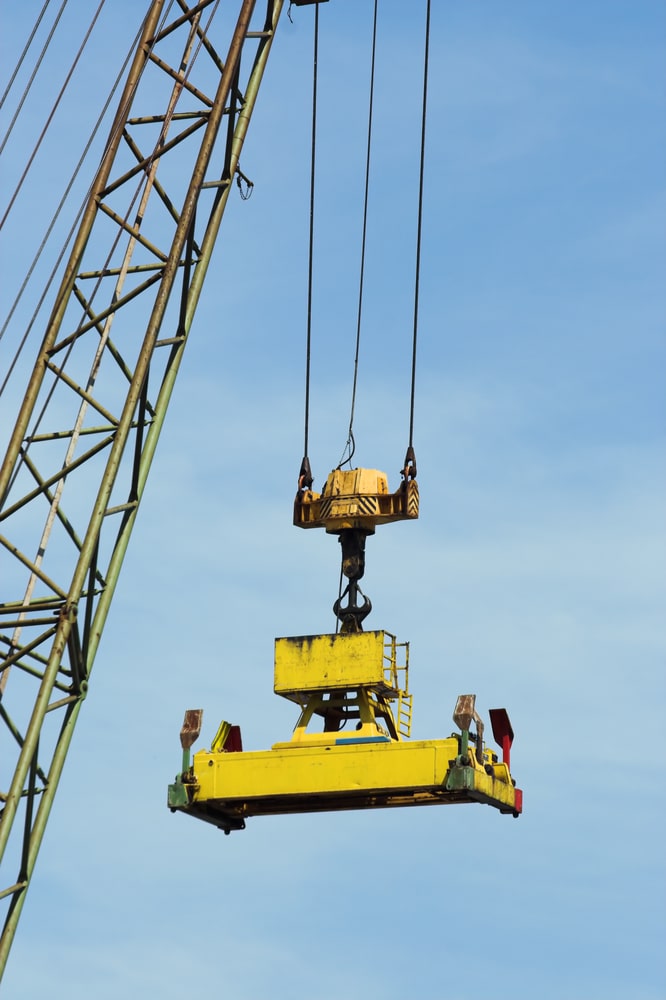
4. Overloading
Most cranes are used to lift heavy loads; it’s their primary function. However, placing too heavy a burden on the machine can overload it, leading to collapse, internal malfunctions, and other types of accidents.
How It’s Caused
When crane loads are too heavy for the machine being used, it’s usually because the workers involved in the loading process neglect to adhere to the manufacturer’s specifications.
How to Prevent It
Modern cranes are typically equipped with a load sensor that beeps when the machine reaches capacity. However, operators should know how to interpret load charts to avoid overloading.
5. Crane Operators Crash Into People, Objects, or Each Other
Transportation incidents are a leading cause of crane deaths and accidents. They occur when the operator crashes into an object, a bystander, another machine, or other workers on the job site – often a signal person.
How It’s Caused
Inattention and improper signaling are the most likely culprits in transportation incidents. Operators must never drive while fatigued, under the influence, or visually impaired.
Spotters and operators must constantly communicate while the machine is in motion. The spotter functions as the operator’s eyes, so both parties must have a thorough understanding of hand signals and radio codes to ensure potential obstacles and dangers are relayed promptly.
How to Prevent It
Cranes must be operated by trained personnel and kept away from pedestrian walkways and street traffic at all times. The signal person on duty must remain vigilant and clear of moving cranes.
6. Contact With an Electrical Hazard
Electrical hazards of any kind can cause serious harm and are a leading cause of fatal occupational injuries. Strict safety measures are required any time work is done in the presence of energized power lines.
How It’s Caused
Electricity-related crane accidents are usually the result of mobile cranes coming into contact with overhead power lines. The electrical current flows through the load, the ground, or the machine itself and can electrocute or shock the operator and other nearby workers or bystanders.
How to Prevent It
If work must be done near power lines, OSHA mandates that the lines be de-energized before the work commences. Never operate cranes under an energized overhead power line; assume all power lines are energized unless they are visibly grounded.
Insulated barriers and carefully maintaining clearance between the load and the lines can also help prevent electrical hazards.
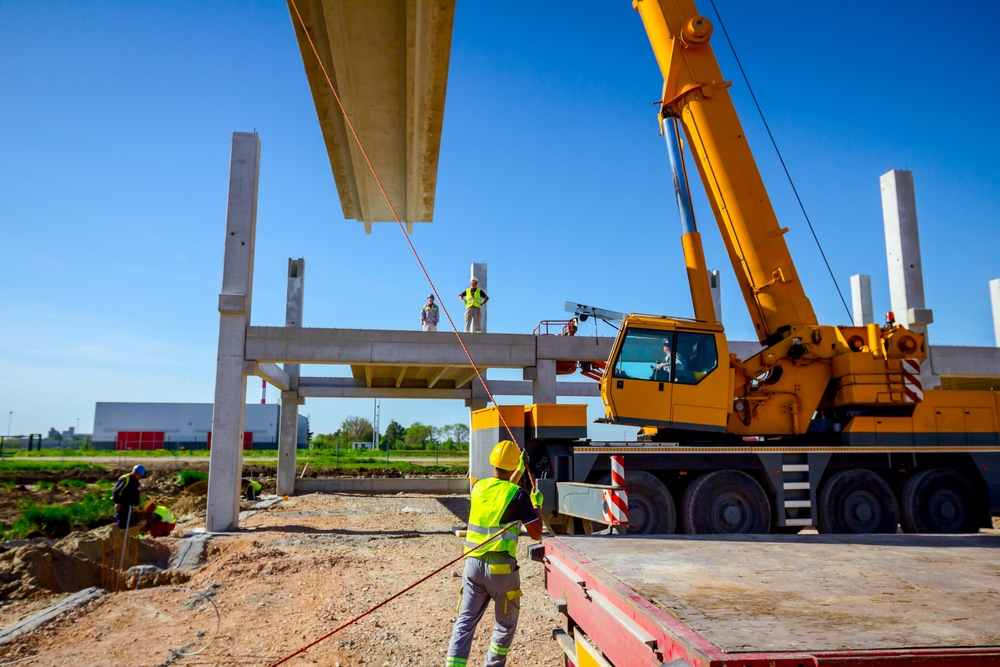
7. Structural Failure
Structural failure leading to crane collapse is a less frequent but extremely dangerous type of crane incident. Collapses can simultaneously harm several workers, and nearby pedestrians may also sustain serious injuries.
How It’s Caused
Most collapses happen when too much pressure is put on the crane’s components, usually due to a too heavy load. Other times, a crane collapses when individual crane parts fail, such as the hoist line, hydraulic system, or boom.
In rarer cases, cranes may collapse if they are improperly assembled in the first place.
Crane collapses are very difficult (if not impossible) to prevent once the components start to fail.
How to Prevent It
The best way to prevent a crane collapse is to adhere to a strict inspection and maintenance schedule. Along with other mandated inspections, every machine at the facility should be evaluated by a certified crane inspector after being assembled, prior to its first use.
Adhere to the manufacturer’s guidelines in terms of maintenance frequency. Only trained workers should assemble and disassemble cranes.
In Which Industries Do Crane Accidents Occur?
Most crane accidents (just over half) happen within the private construction industry. Of those, the highest number of fatalities involve specialty trade contractors. Civil engineering and heavy construction workers are also among the most likely to be injured in a crane.
A quarter of crane accident statistics come from construction sites. Many such accidents on construction sites are the result of a rushed job or improper training.
Between 2011 and 2017, only 8% of crane accidents happened at a road construction site. The manufacturing industry accounted for a quarter of crane-related fatalities during that same period.

Prevent Crane-Related Accidents Before They Happen
Many crane accidents happen due to employee negligence. A single moment of inattention can lead to disaster. Workplace injuries are always serious, but they can become even more complicated if the accident happens due to someone else’s mistake.
Injury isn’t the only reason employers should do everything possible to prevent crane accidents. When people are injured in a crane accident, the entity found at fault may be on the hook for thousands of dollars. During your next safety meeting, you might want to share some of our best crane safety tips with your crew.
Most serious injuries and crane-related fatalities are preventable with the right training and vigilance. Refer to the guidelines set down by the Occupational Safety and Health Administration for more information on preventing crane accidents.
Frequently Asked Questions
What are the 4 major types of crane accidents?
The four most common crane-related incidents are:
- Being struck by cranes or loads
- Falling out of cranes
- Transportation issues involving cranes
- Tipping over
What is the most common type of crane accident?
The majority of crane accident cases involve contractors, operators, and/or bystanders being hit by objects falling from the machine or by the machine itself.
What is the number one cause of crane accidents?
Human error is the number one contributor to crane-related injuries.
How common are crane accidents?
According to the Bureau of Labor Statistics, there are around 42 fatal crane accidents each year, while hundreds more sustain injuries.